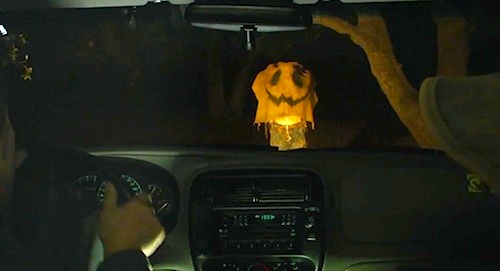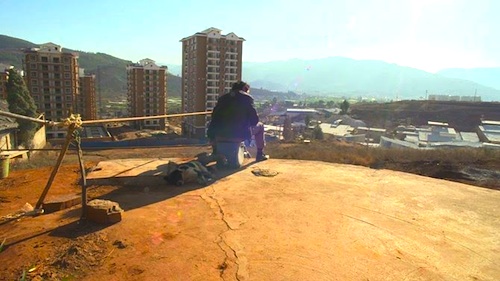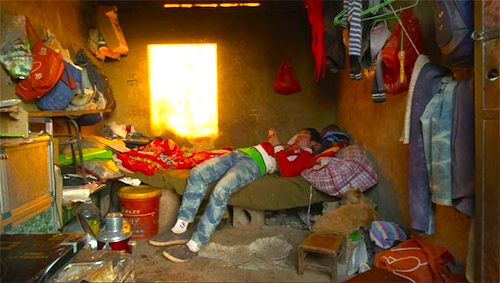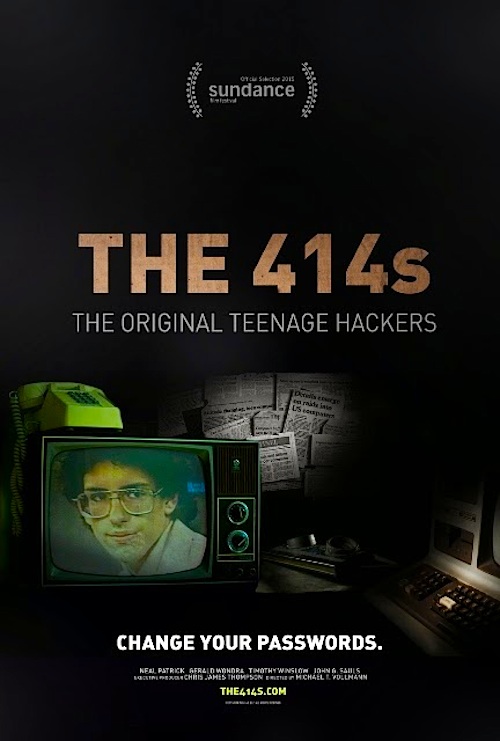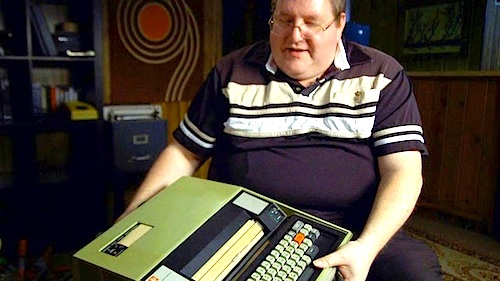By Joe Bendel. It has generated more irony than a hipster gathering at Cracker Barrel. Perhaps the biggest head-scratcher was the AWOL administration’s belated decision to respond to the Sony hack by cutting North Korea’s internet access, right when the studio was negotiating its availability on every digital VOD platform they could find. Perfect—for Lil’ Kim. Finally, you can take home a physical copy of Evan Goldberg & Seth Rogen’s unlikely free speech cause célèbre, The Interview, which releases today on DVD and Blu-ray.
If you haven’t heard about a jillion times already, James Franco (or Flacco as our super in-touch president knows him) plays a shallow celebrity chat show host who scores an interview with Kim Jong-un, but the CIA convinces him and his responsible producer to use the opportunity to assassinate the dynastic Communist dictator. Hilarity then ensues, but The Interview’s humor has taken it in the shins from cultural commentators who are uncomfortable defending the free expression of scatological jokes.
Yes, Rogen’s Aaron Rapaport, the loyal producer of the Dave Skylark show, sticks a metal tube up his butt. It is kind of an uncomfortable scene. However, the good news is The Interview is funnier than it has been cracked up to be, but it is easy to see why a lot of media people were not laughing. Most of the jokes come at their expense. Sure, Skylark is an over the top caricature of the most superficial red carpet stalker, but his differences with the coach sitters on the morning “news” shows and The View are only of degrees and not of kind. Dave Skylark more or less is the media, except he is not a bad person. We know that because he loves puppies.
Through Rapaport, The Interview establishes the general reality of North Korean prison camps and famines, but it stops short of a categorical indictment. It fully admits (and the Dennis Rodmanesque Skylark eventually accepts) the fact that an appalling number of North Koreans have been sentenced to concentration camps, but it never delves into the standard practice of condemning entire families, two generations in each direction, for dubious crimes against the state. Admittedly, that would be a real buzz kill for a comedy.
In a weird way, Skylark is the dark flipside of the media-obsessed sociopath Flacco plays in True Story. It is a fitting role for the compulsively publicized actor-student-film director. Rogen largely assumes the straight man duties, but he shares decent buddy chemistry with Flacco. Randall Park probably earns a more villainous feature spot in the next Awesome Asian Bad Guys with his highly Freudian portrayal of Kim Jong-un. He certainly undermines the lofty stature of Kim, but the film never invites outright sympathy for his insecurities. However, the real breakthrough has to be Diana Bang, who exhibits nimble comic timing and solid action chops as Sook, the lads’ minder and unlikely ally.
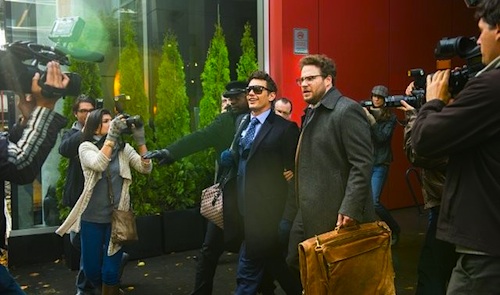
The Interview’s reportedly draggy midsection really is a fair rap, but the last half hour just might be worth balloon-dropping over Pyongyang. The tone is pretty much what you expect, but it is not as dumb as you’ve been told. Arguably, it should have been even more explicit explaining the crimes of the Kim Marxist Monarchy. Honestly, it would have been a shame if they self-censored themselves, because what more could have possibly gone wrong?
Regardless, it is still worth seeing as a way of making a personal statement. Of course, watching documentaries like Red Chapel, Kimjongilia, Yodok Stories, and The Secret State of North Korea with it or in its place makes an even stronger statement. Reasonably amusing as a dumb comedy, The Interview still carries wider significance, so it is duly recommended as a way to annoy Kim the Third when it releases today (2/17) on DVD and Blu-ray.
LFM GRADE: B-
Posted on February 16th, 2015 at 10:05pm.

